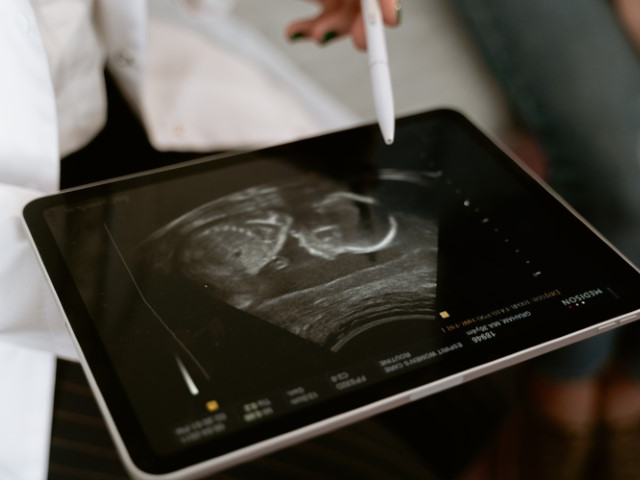Key Indicator of Irritable Bowel Syndrome
Pelvic Pain as a Key Indicator of Irritable Bowel Syndrome

Pelvic pain and irritable bowel syndrome (IBS) are two common conditions that can significantly impact an individual's quality of life. While they are often regarded as separate disorders, emerging research suggests a strong connection between pelvic pain and IBS. Understanding this relationship is crucial for accurate diagnosis and effective treatment. In this article, we delve into the intricate connection between pelvic pain and IBS and explore potential underlying mechanisms.
Dr. Shamim Patel believes that Both pelvic pain and IBS share overlapping symptoms, including abdominal discomfort, bloating, changes in bowel habits, and pain in the pelvic region. These shared symptoms can often make it challenging to differentiate between the two conditions. Studies have shown that up to 60% of individuals with IBS also experience pelvic pain or discomfort.
Several theories have been proposed to explain the link between pelvic pain and IBS. One theory suggests that alterations in the gut-brain axis, which regulates communication between the gut and the brain, play a significant role. Dysregulation in this axis can lead to increased sensitivity to pain in the pelvic region, contributing to both pelvic pain and IBS symptoms.
Another possible mechanism involves the presence of central sensitization, a condition in which the nervous system becomes hypersensitive to pain signals. It is believed that chronic pelvic pain can trigger central sensitization, leading to heightened pain perception in the gut and the pelvic region.
Additionally, hormonal imbalances, such as those seen in conditions like endometriosis or menstrual disorders, may contribute to the development of both pelvic pain and IBS symptoms. Hormones can affect gut motility and pain perception, further exacerbating the connection between the two conditions.
Diagnosing the relationship between pelvic pain and IBS requires a comprehensive evaluation by a healthcare professional. Medical history, symptom assessment, physical examination, and diagnostic tests may be necessary to rule out other potential causes and confirm the presence of both conditions.
Treatment strategies for individuals with pelvic pain and IBS typically involve a multidisciplinary approach. Lifestyle modifications, dietary changes, stress management techniques, and regular exercise can all contribute to symptom relief. Medications, such as antispasmodics and low-dose tricyclic antidepressants, may be prescribed to manage pain and improve gut motility.
In some cases, specialized therapies like pelvic floor physical therapy or psychological counseling may be recommended to address specific underlying factors contributing to pelvic pain and IBS symptoms.
The link between pelvic pain and irritable bowel syndrome is a complex and intricate one. Understanding the relationship between these two conditions is crucial for accurate diagnosis and effective treatment. Healthcare professionals should consider the possibility of both pelvic pain and IBS when evaluating patients, particularly those who present with overlapping symptoms. By addressing the underlying mechanisms and employing a comprehensive approach to treatment, individuals suffering from pelvic pain and IBS can find relief and improve their overall well-being.





